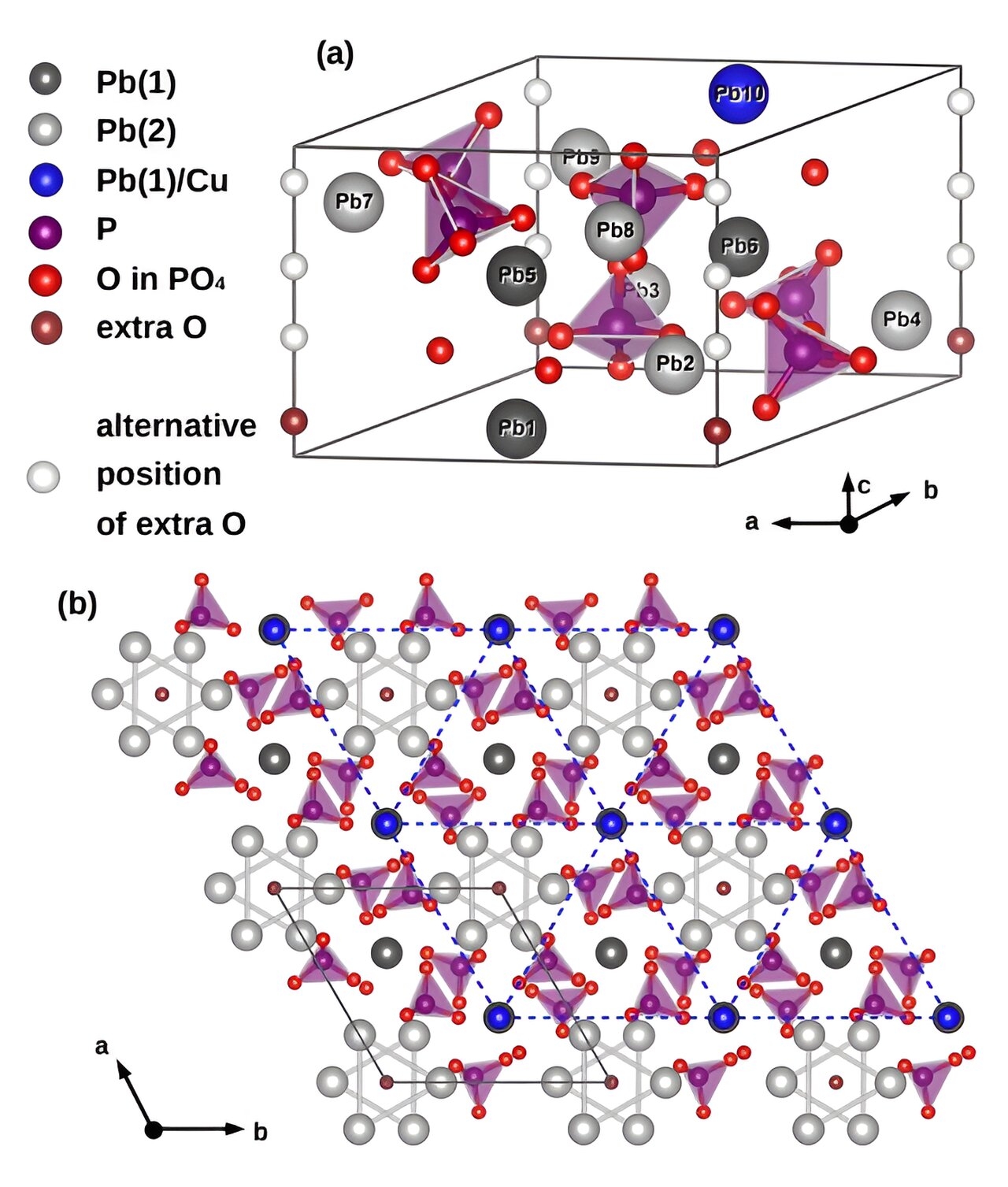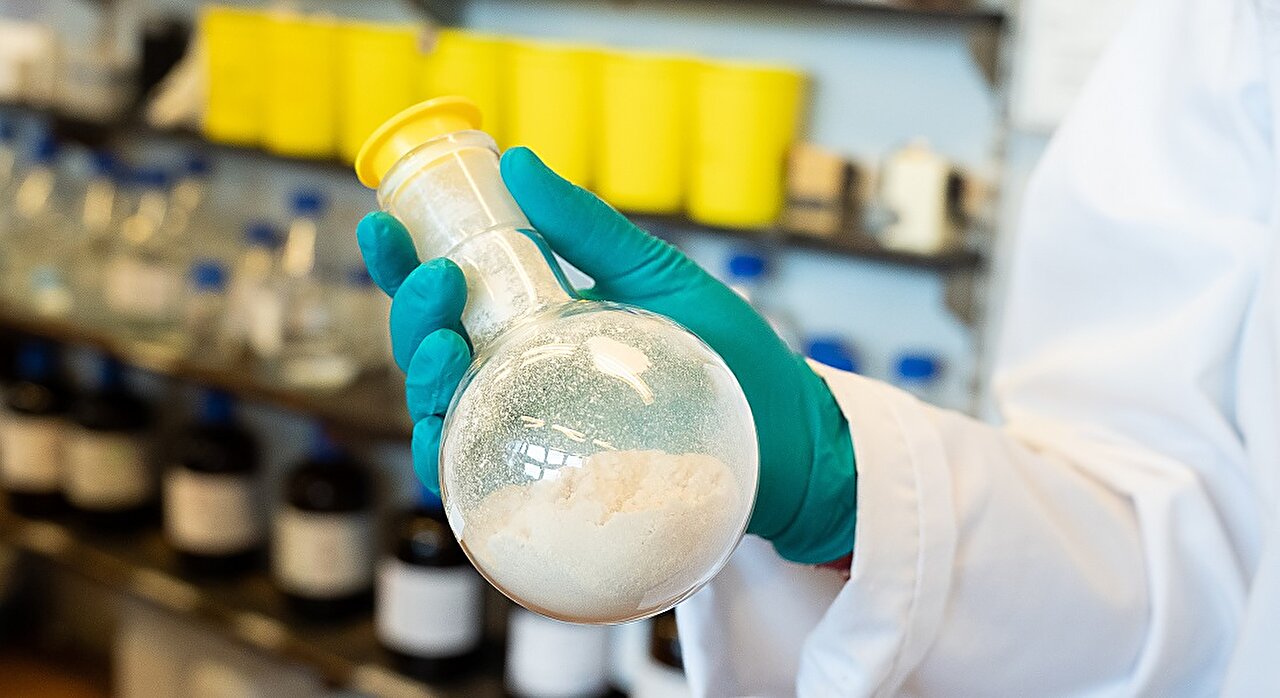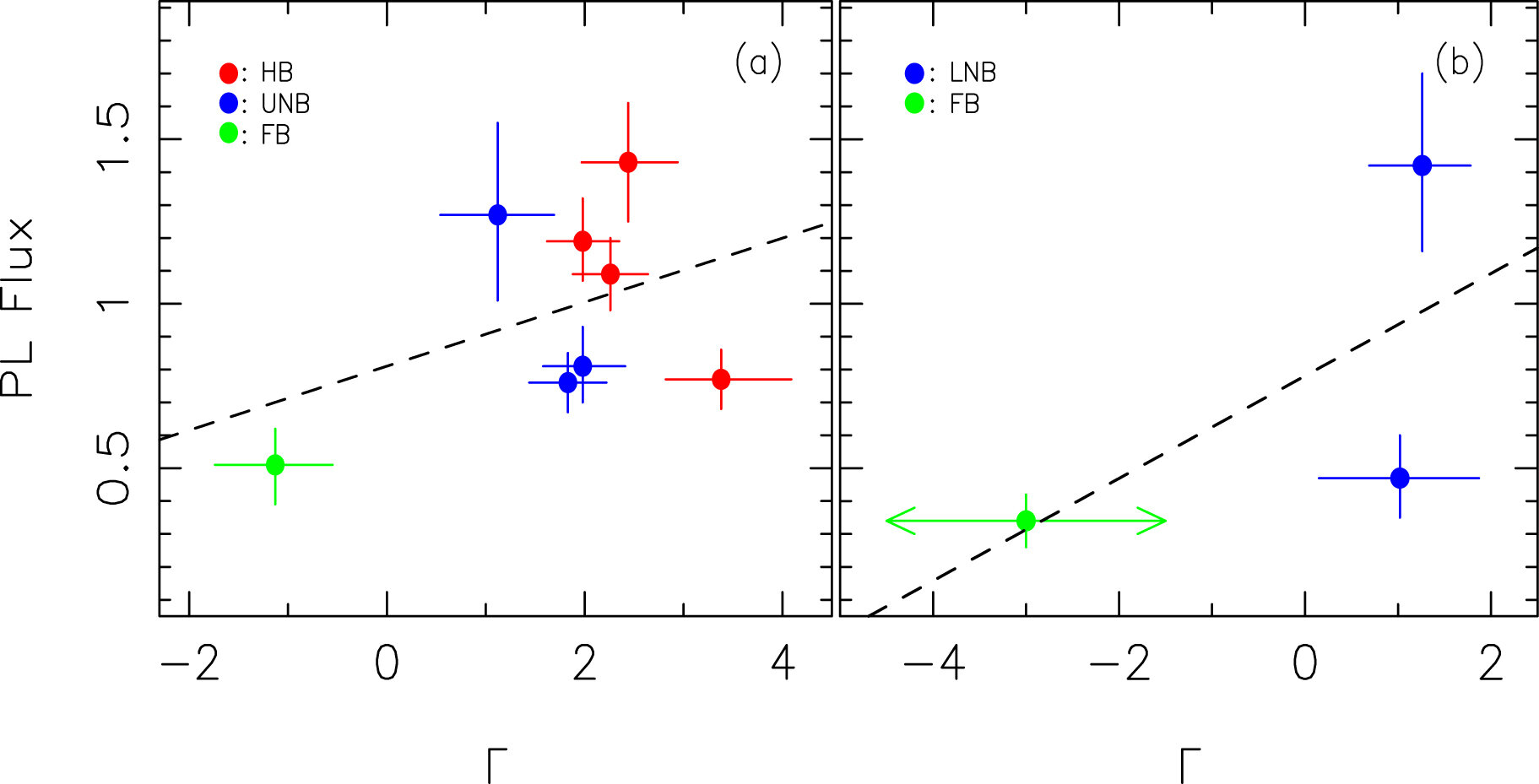LK-99 is causing quite a stir in the scientific community. A Korean research group recently published findings on the preprint server arXiv suggesting that this material could be a game-changer: a superconductor that operates at room temperature and normal atmospheric pressure. This is a big deal because current superconductors only work at extremely low temperatures or under intense pressure.
If this turns out to be true, it would be a monumental breakthrough. Scientists have long referred to a high-temperature superconductor as the “Holy Grail” of materials science. Such a discovery would revolutionize electricity generation, transportation, and storage, as well as the use of electric motors. However, there are still valid doubts and concerns.
Researchers at TU Wien (Vienna) have conducted computer simulations to analyze LK-99 and have made some intriguing discoveries. The calculated electron states show promising signs of superconductivity. While this doesn’t prove anything definitively, it certainly warrants serious attention.
The Band Structure: A Crucial Step
Prof. Liang Si of Northwestern University Xi’an and Prof. Karsten of the Institute of Solid State Physics at TU Wien immediately began computer simulations to study LK-99 after its discovery. “The band structure of the material is crucial,” explains Karsten Held. “It provides insight into the possible combinations of velocity and energy for electrons in the material. Understanding the band structure helps us understand the electrical properties of the material.”
Using density functional theory, Liang Si and Karsten Held were able to calculate the band structure. They found that the material, in its pure form, should be a Mott insulator—a material that doesn’t conduct any current. However, it appears that the experiments unintentionally used a doped version of the material, where additional atoms were incorporated. This changes the behavior of the material significantly.
“We observed relatively flat lines in the band structure, and we know that such a band structure can lead to superconductivity through different mechanisms,” says Held. It seems plausible that LK-99, with the right doping, could indeed be a superconductor. “This is supported by another research group from Beijing, who concluded in initial experiments that LK-99 is a paramagnetic insulator. Doping the material is necessary to achieve the band structure that enables superconductivity,” adds Held.
Three other research groups conducted similar density functional theory calculations around the same time, yielding similar results. While this doesn’t prove high-temperature superconductivity, it does give hope that LK-99 might be the long-sought-after material.
Superconductivity or Diamagnetism?
One of the key arguments supporting LK-99 as a superconductor is a video showing it floating above a magnet. When a superconductor is placed on a magnet, electric current flows on its surface, generating a magnetic field that repels the magnet. However, critics argue that this could be a different effect, as there are various forms of magnetism.
Ferromagnetism, exhibited by iron, allows it to be attracted to a magnet. Paramagnetic materials can also be attracted, but they can’t be permanently magnetized like iron. On the other hand, diamagnetic materials are repelled by a magnet.
“It’s possible that LK-99, when suspended above a magnet, is simply a diamagnet. This suspicion has been raised recently,” says Held. However, based on theoretical calculations, Held believes this is less likely. “The electronic properties we calculated don’t suggest that LK-99 is a diamagnet. In fact, given the distribution of electrons, it’s more likely to be paramagnetic.” The experiments conducted in Beijing support this, showing that LK-99 is a paramagnetic insulator. If true, the levitation of LK-99 samples would indeed indicate a transition to the superconducting state.
So, has the “Holy Grail of materials science” finally been found? Many more steps are needed to confirm this. “There are still valid reasons to be skeptical,” says Held. “I wouldn’t bet my money on it being a high-temperature superconductor just yet. But the results do show that LK-99 is an incredibly interesting material that deserves further investigation. It’s an exciting time for science.”








